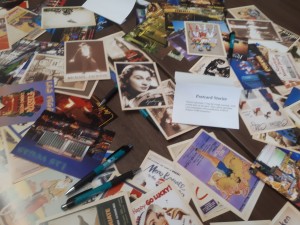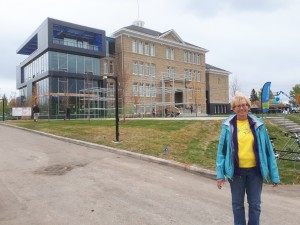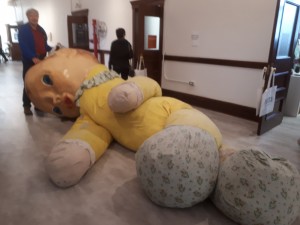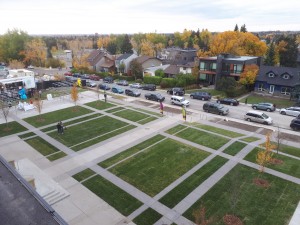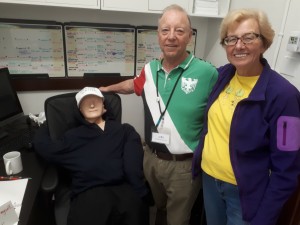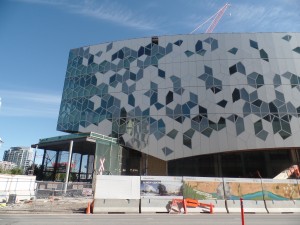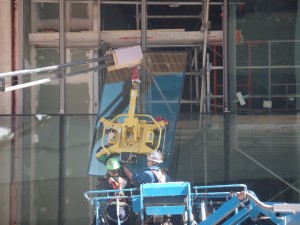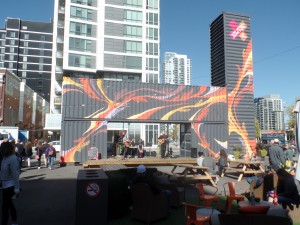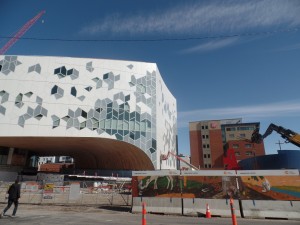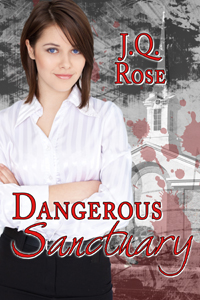England’s Lake District was a highlight of my trip to Britain last spring. Earlier this month, on my publisher’s author blogspot, I recalled my visits to the homes of poet William Wordsworth. This is what I wrote:
I’ve wanted to visit England’s Lake District since my university days, when I took a course in Romantic Poetry. The Lake Poets, my professor said, turned to nature as a reaction against the country’s industrialization, not unlike the hippies of our time. None was more associated with the bucolic lakes than William Wordsworth, who was born in the region, travelled away for awhile and returned to marry and live the rest of his long life. Last spring I learned why he loved The Lake District so much when I spent a week there.
| A walk near Grasmere – in The Lake District everywhere you look is a picture |
On one of those fine days, my husband and I visited two of Wordsworth’s homes in the village of Grasmere. We arrived early at Dove Cottage, William’s starter house when he married, and got a private tour before a busload of tourists crowded the small rooms. The guide pointed out the poet’s favourite artifacts, which included a cuckoo clock that made William and his sister Dorothy laugh hysterically each time the bird popped out. Life was simpler then.
| Dove Cottage, where we learned that during his lifetime Wordsworth was always referred to by his first name |
| William’s funny cuckoo clock |
| William built a terrace in the garden behind Dove Cottage to get a view of the lake, now obscured by houses and trees. |
William earned some money from poetry and worked as a Distributor of Stamps, but much of his income was inherited from his father and an acquaintance who died young and left the poet money to support his talent. From Dove Cottage, we walked a 40 minute path to Rydal Mount House & Gardens, William’s more upscale home, where he lived from 1813 until his death in 1850. Here he wrote and revised many of his poems and published his most famous one, ‘Daffodils.’ The Wordsworths rented the house until his wife’s death in 1859. Their great great granddaughter later bought the property, opened it to the public in 1970 and still uses it for family gatherings.
| Rydal Mount |
| I liked that the living room looks lived-in |
| Rydal Mount grounds |
Rydal Mount’s huge garden looks much as it did in William’s time. William often said the grounds were more his ‘writing room’ than his office in the house. He was known to recite his poems aloud while revising them and often did this on his solitary walks through the countryside. William was born before the invention of trains and wasn’t rich enough to own a horse and carriage. He thought nothing of walking five hours to the northern Lake District town of Keswick, to visit his friend and fellow Romantic poet, Samuel Taylor Coleridge.
Writing, walking, wandering through gardens. What a wonderful lifestyle.
| We were too late in the season for William’s daffodils, but we walked past fields of bluebells. |









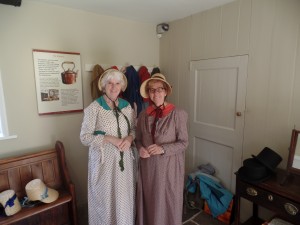

![20170812_174435[16424]](http://susancalder.com/wp-content/uploads/2018/05/20170812_17443516424-e1524326090324-225x300.jpg)
![love_actually_43945[1]](http://susancalder.com/wp-content/uploads/2018/01/love_actually_4394511-300x168.jpg)
![sue-grafton-16_9[1]](http://susancalder.com/wp-content/uploads/2018/01/sue-grafton-16_91-300x157.jpg)
![42694_1199325940723_full[1]](http://susancalder.com/wp-content/uploads/2018/01/42694_1199325940723_full1-300x237.jpg)
![love-actually-bill-nighy[1]](http://susancalder.com/wp-content/uploads/2018/01/love-actually-bill-nighy11-300x128.jpg)
